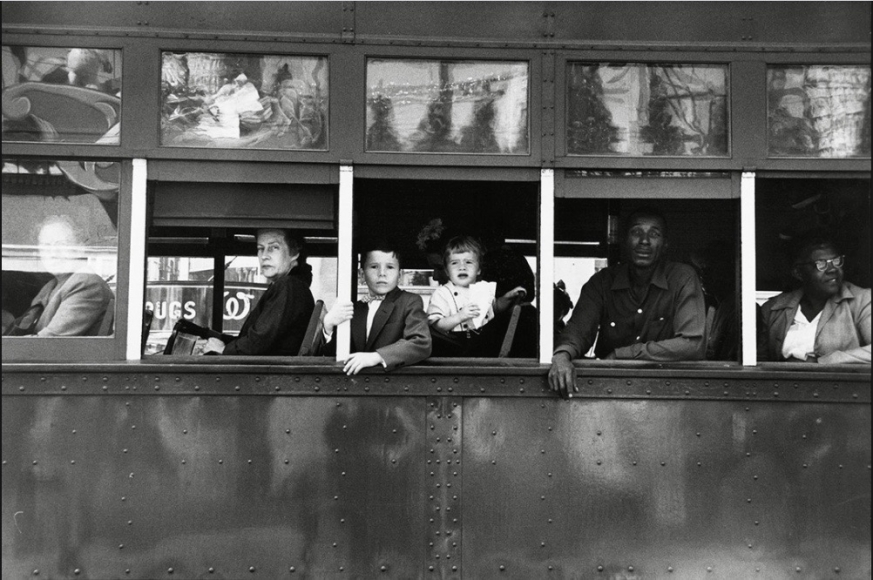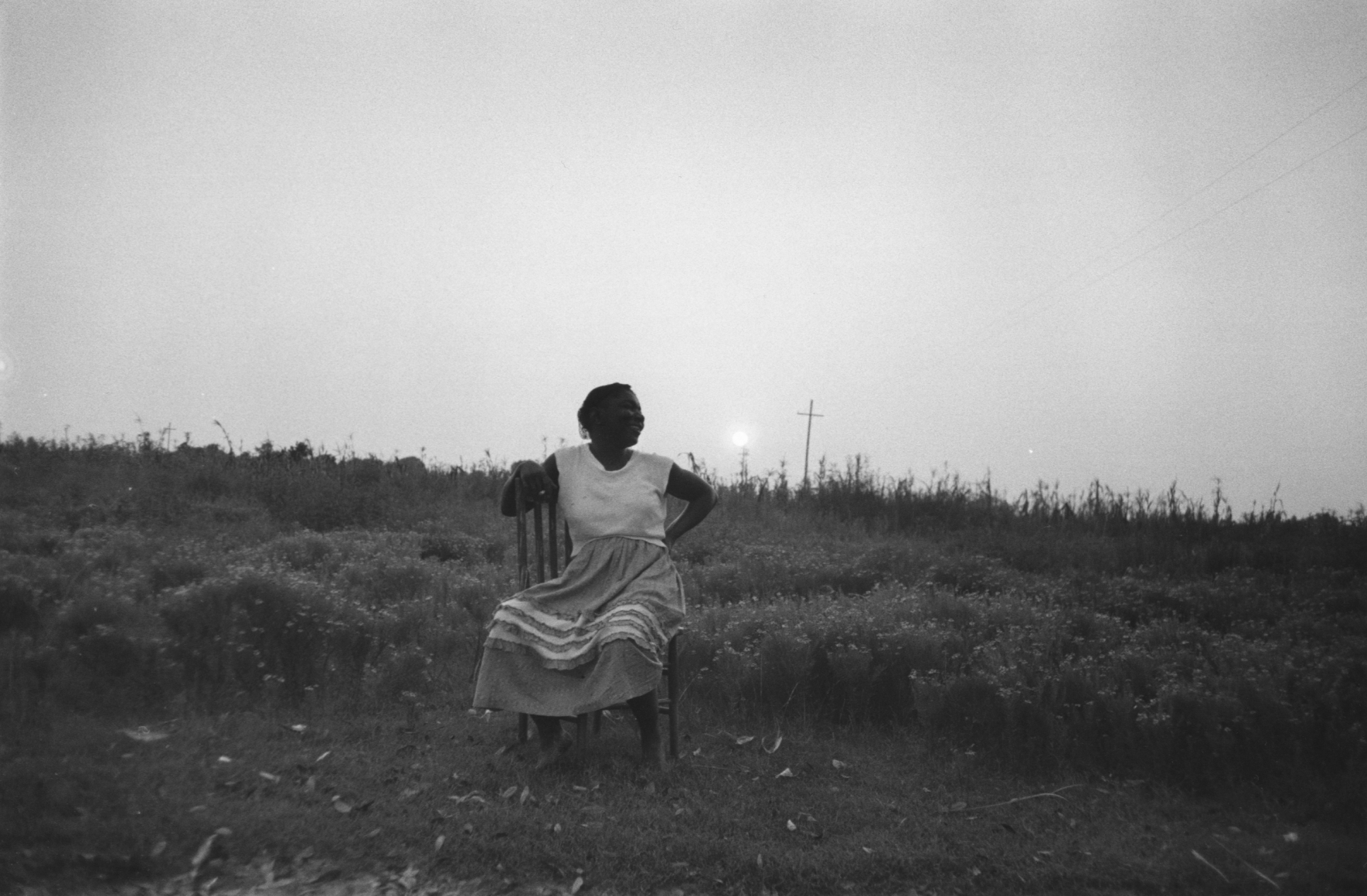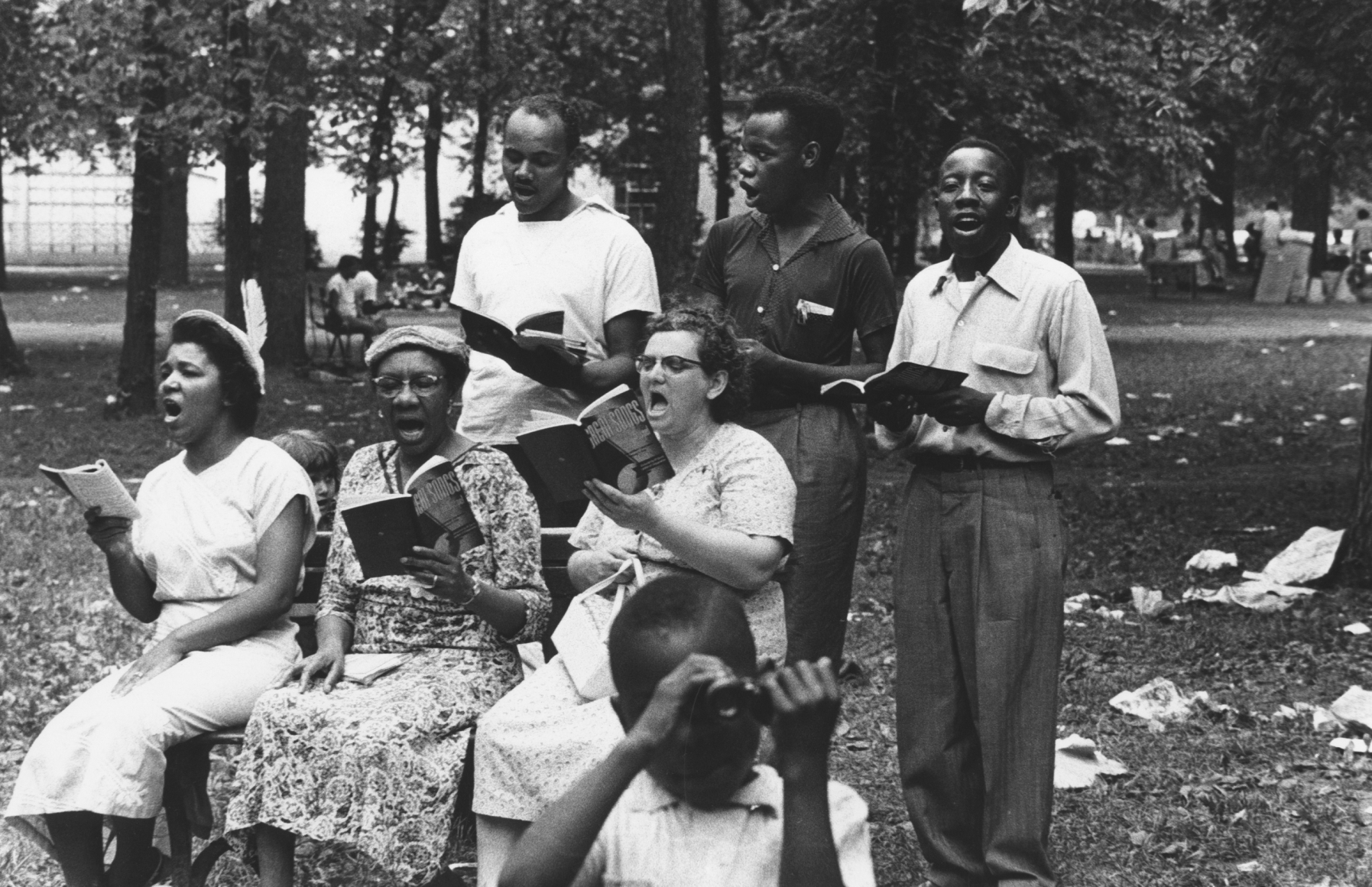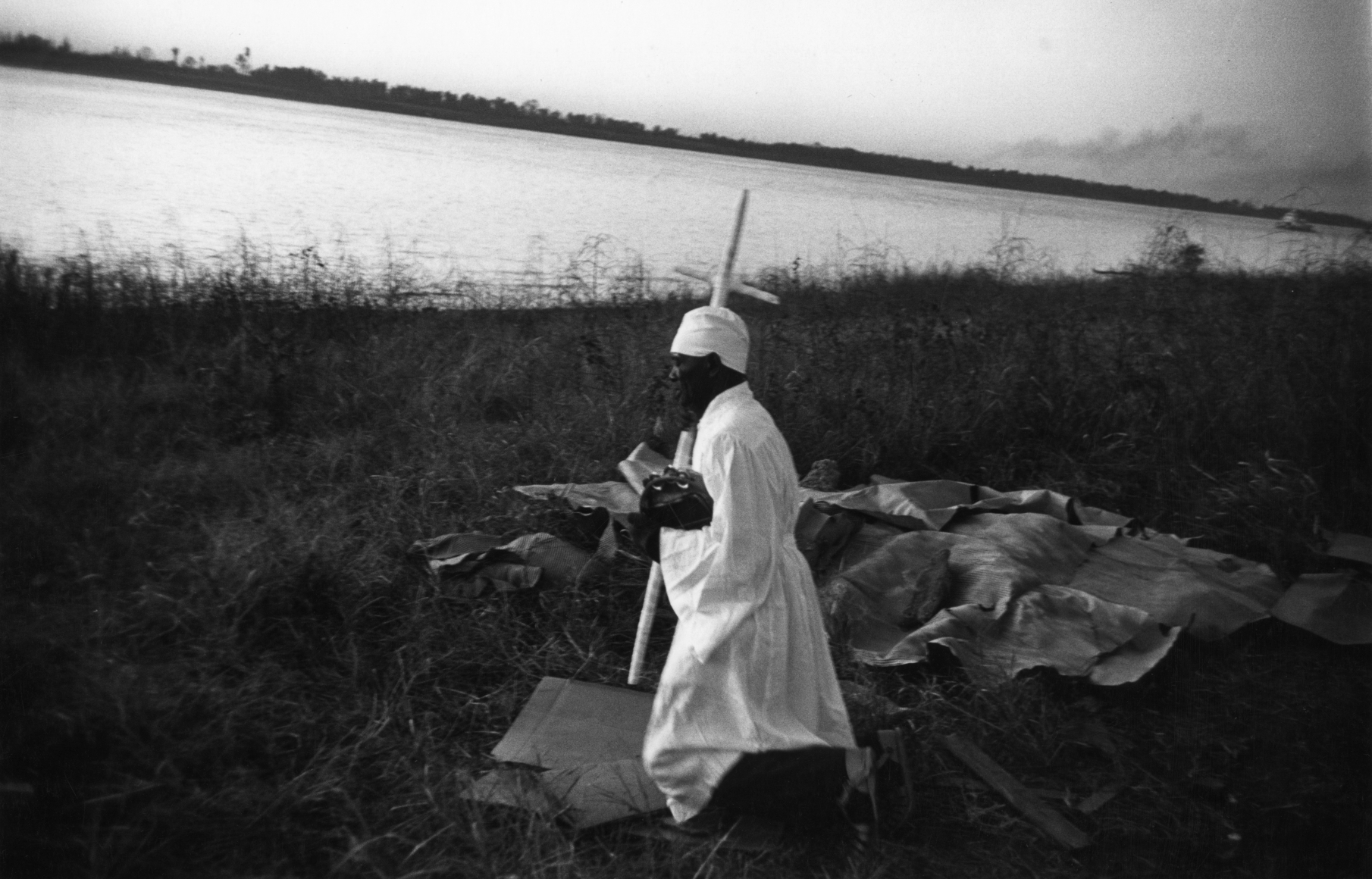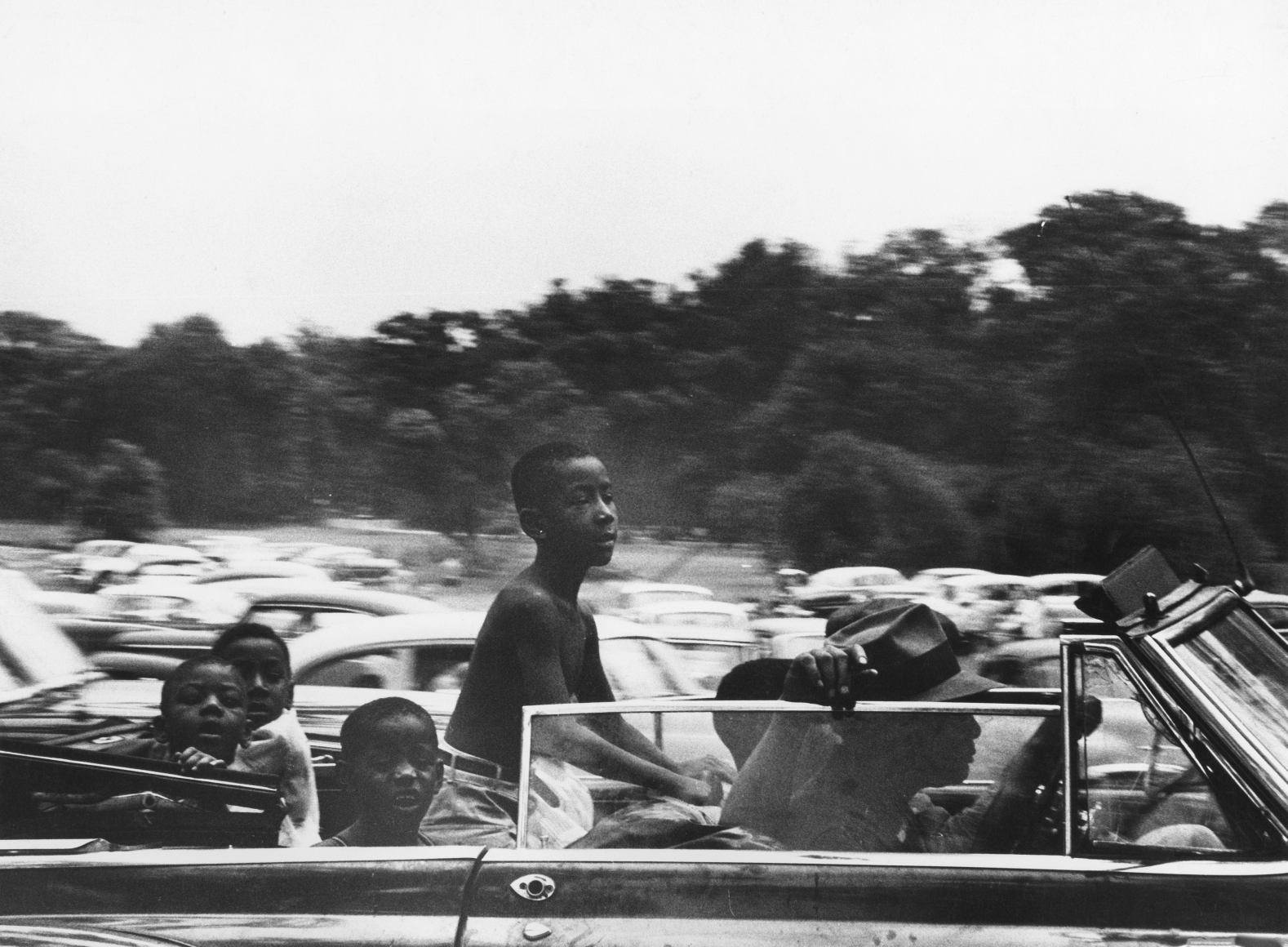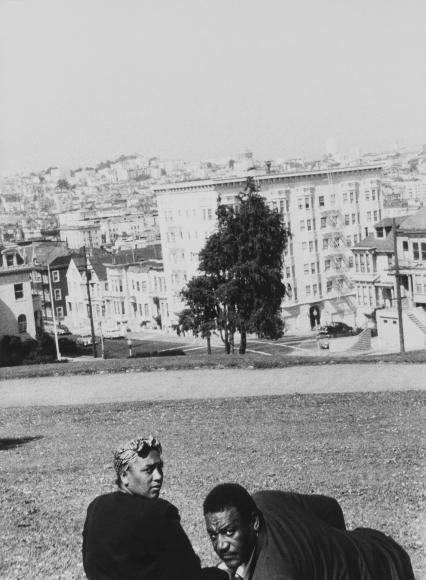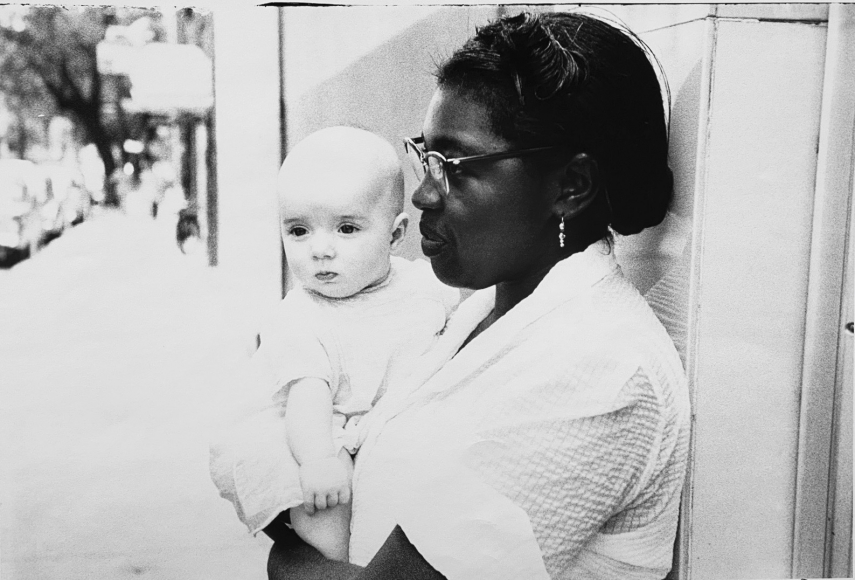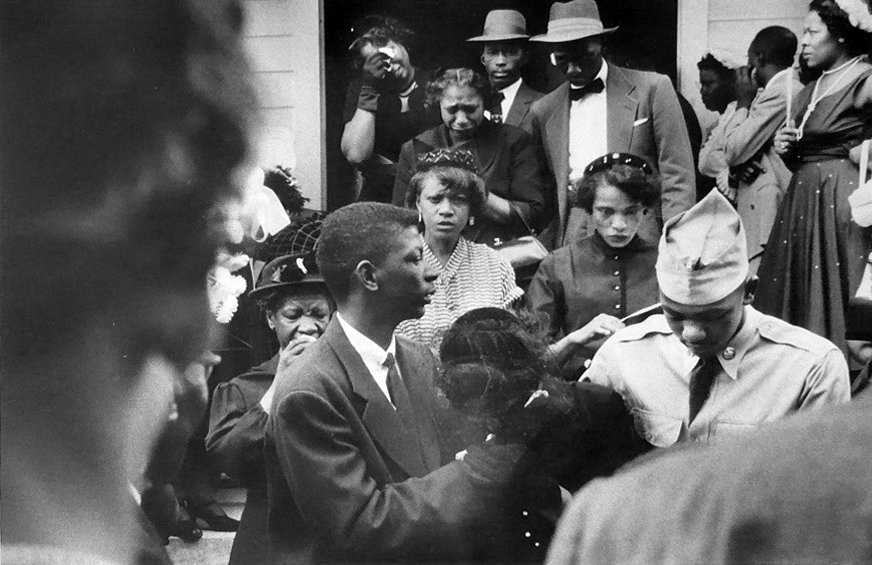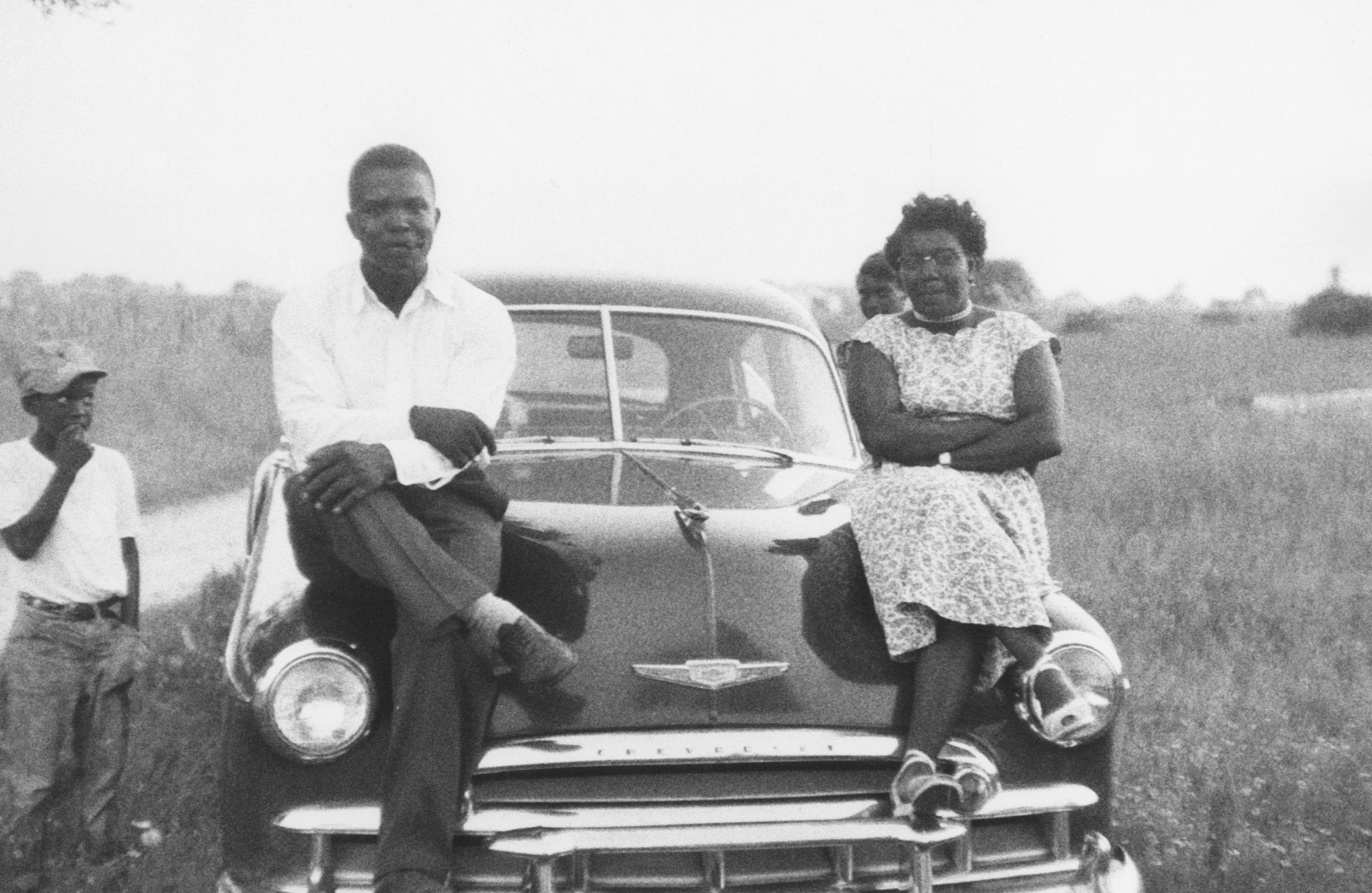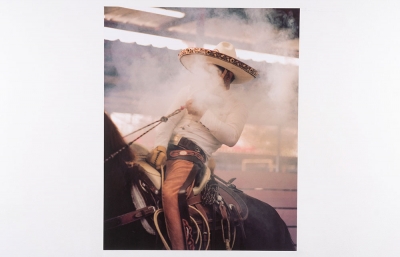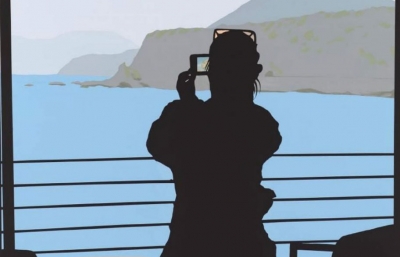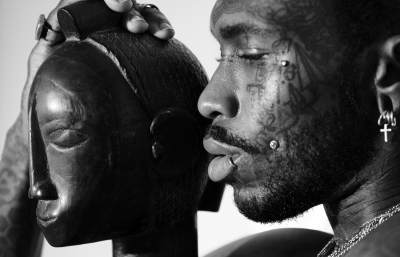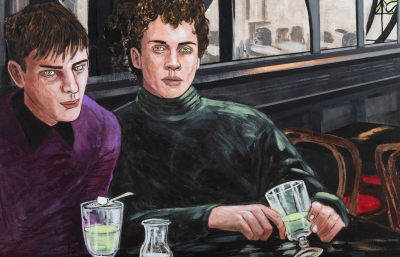“I try to see the inside in the outside,” Robert Frank once spoke of his photography work. Although uttered decades ago, as one of the most celebrated documentary photographers, Frank’s body of work is a model of storytelling for many of today’s practitioners. As we seek meaning in life, our hunger for stories seems to grow, and we savor these vignettes of everyday moments of tragedy, celebration and the weighty moments in-between. Frank’s work narrating Black America in and around the 1940s and beyond, has become even more compelling today.
Born in Zurich in 1924 and emigrating to the United States in 1947, Frank himself faced prejudice as a Jewish photographer. His work in The Americans series continues to be an abiding commentary on racism in the country at the time, potent in its intimacy and humanity. In applying for the Guggenheim Fellowship to fund his journey across the USA, Frank set a course for The Americans book to manifest a major cultural observation. Danziger Gallery has recently opened its online viewing room for a series of Frank’s work around Black America, making the observation that “what disturbed him most was the systemic racism he saw and was best captured in the famous ‘Trolley Car, New Orleans’.” (Seen in the gallery above).
Danziger further notes of Frank’s work, “Yet beyond the atypical symbolism of this picture most of Frank’s other photographs of black people are by turns intimate, respectful, and far from stereotypical or clichéd. Looking back at the work – not just from The Americans but at the photographs that did not make the edit – it is clear that to Frank black lives mattered.”
Frank’s work is perhaps the most enduring documentation of Americans ever created, a symbol of both how far we have come and how much has just remained the same. But these windows into culture, “the inside in the outside” as Frank put it, shine a humanistic light on the country’s long endurance race in the minefield of social injustice. —Evan Pricco



